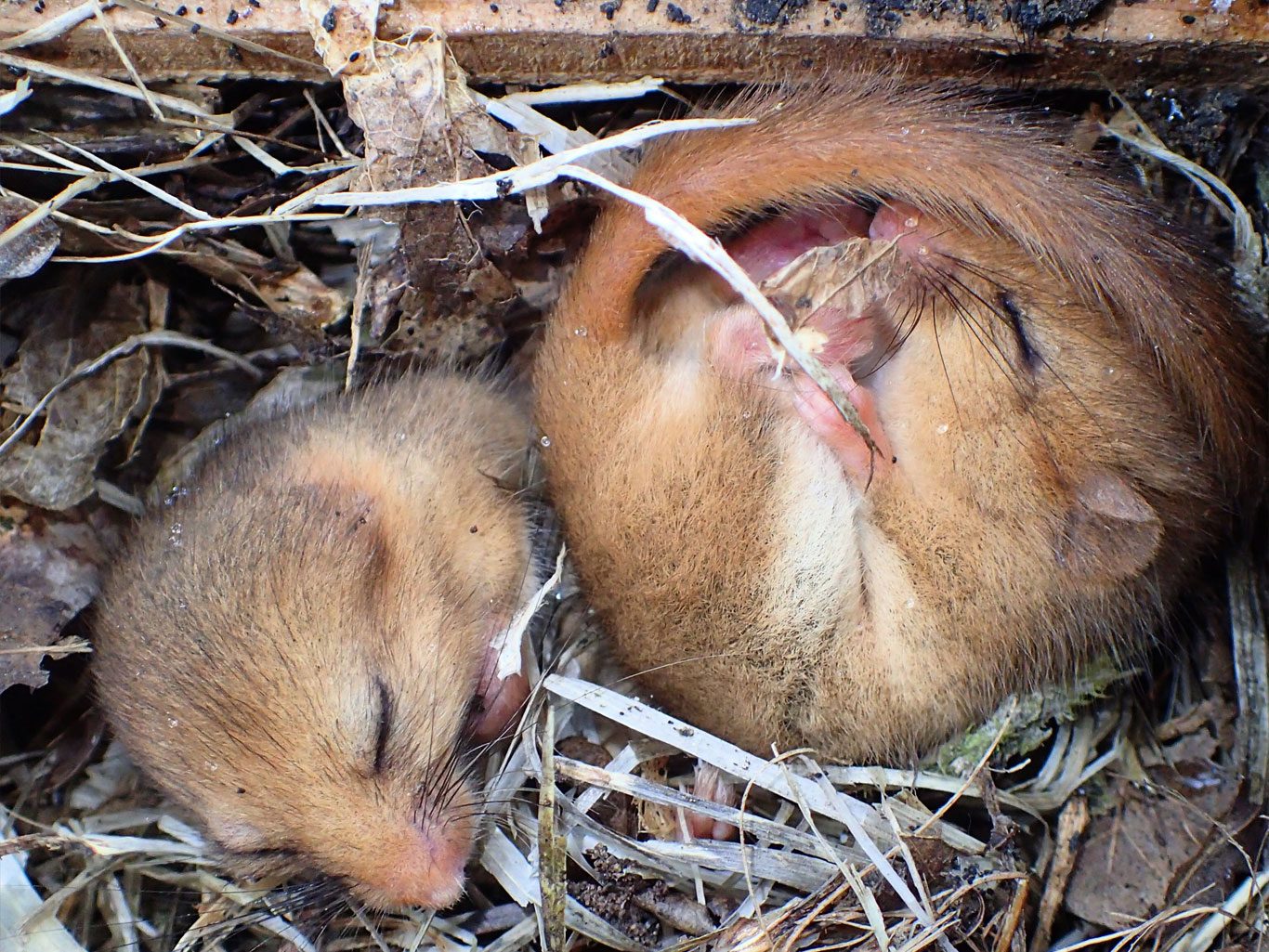Cambridge office
Glasgow office

Applied Ecology has extensive experience in the survey and assessment of hazel dormice Muscardinus avellanarius, and has successfully planned and implemented dormouse mitigation and compensation measures under the auspices of Natural England’s hazel dormice A35 mitigation licence to lawfully enable a variety of commercial, road, housing and leisure development schemes across England.
Applied Ecology’s hazel dormouse licenced ecologists will plan and complete a dormouse survey, typically using “nest-tubes” to help identify the presence of hazel dormice within a development site, and advise how the development could be planned to minimize adverse development impacts if the species is found to be present. Where adverse impacts on hazel dormice cannot be avoided or designed out, Applied Ecology can recommend appropriate and pragmatic mitigation and compensation measures that can form part of the development application. Mitigation and compensation could involve, for example, sensitive site clearance habitat removal staged and timed to avoid vulnerable parts of the animals’ life cycle, and provision of new habitat linkages or dormice bridges to prevent isolation of hazel dormice populations. Specific habitat management measures, such as coppicing, can also be implemented to enhance the carrying capacity of retained hazel dormice habitat.
Applied Ecology is currently involved with the post construction monitoring of several dormouse licenced development sites across southern England.



